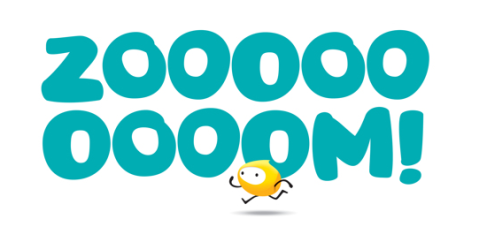Every year urban developers, cities and whole countries spend thousands of dollars trying to distil everything they stand for into a simple, engaging brand. They go in search of distinctiveness, in a bid to appeal to tourists (which I’ll focus on), residents, businesses and foreign investors. But not everywhere can be unique. Can it?
It’s a tough ask; capture all a place has to offer in a simple phrase, design and identity system. Everything from its role in history and culture, climate and landscape, to the main reasons you might want to go there. How do you cover it all off in just a few words? Chances are, you can’t. But what you can try and do is communicate a feeling. What’s the spirit of the place? What vibe can you expect once you get there? How will it change the way you see the world? Some of most iconic destination brands have been built around attitude. It creates a single top-line message that (in theory) every story to tell (or proof point if you want to go all marketing speak) can ladder out from. The trick is to do it all in a distinctive way, creating a brand so strong, you could cover up the destination name on a promo piece and know exactly where it was from.
Winning the world over with a word or two.
Sometimes, simply does it. The current idea behind Visit Britain is simply Great. Obvious, yes, but flexible, effective and relevant.
The GB identity system can easily be adapted to convey a wide range of messages and can embrace brand partnerships with ease.
The Visit Great Britain website has a splendidly British tone of voice too don’t you know. A positively spiffing way of bringing the brand to life for the world’s rapscallions to devour. The mother of simple destination branding?
Almost 40 years old, the iconic I♥NY logo, designed by Milton Glaser, looks fresh as ever. Minimal, yet human, it feels instantly rebellious, yet the heavy serif’s of American Typewriter font give it a credible corporate feel. It may have stood the test of time, but the catchy song (written for the State) and radio jingle have gloriously dated, almost full circle to being cool again.
 Like the city itself, I♥NY is a rare beast that becomes much bigger than simple a brand, it creates a sense of belonging that deserves its place in peoples hearts. Post 9/11, a redesigned and bruised I♥NY became a mark of defiance and resilience.
Like the city itself, I♥NY is a rare beast that becomes much bigger than simple a brand, it creates a sense of belonging that deserves its place in peoples hearts. Post 9/11, a redesigned and bruised I♥NY became a mark of defiance and resilience.  New York was lucky enough to get to the branding table early. There are only so many generic positive one word ideas that can be claimed and made to stand for a brand. Much as New York now owns love and India Incredible, New Zealand can pretty much claim the word Pure. The 100% Pure New Zealand campaign, launched in 1999 has been a massive success, even before the Lord of the Rings / Hobbit effect. It instantly conjures an image of what the Land of the Long White Cloud is really like, with the flexibility to stretch across a wide range of messages.
New York was lucky enough to get to the branding table early. There are only so many generic positive one word ideas that can be claimed and made to stand for a brand. Much as New York now owns love and India Incredible, New Zealand can pretty much claim the word Pure. The 100% Pure New Zealand campaign, launched in 1999 has been a massive success, even before the Lord of the Rings / Hobbit effect. It instantly conjures an image of what the Land of the Long White Cloud is really like, with the flexibility to stretch across a wide range of messages. With New Zealand owning 100% Pure, it would be a brave destination who would try something similar. Which makes the new Pure Grenada campaign a little bemusing. If they were looking for a point of difference, it aint there. Though it’s an improvement on their previous slogan – “Live the Rhythms of Spice”, which must have painted them into a corner. (The spice lives on in the stylish Nutmeg dancing in the Pure Grenada logo.) For every successful destination brand, there are countless places still struggling to successfully communicate their identity. Greetings from Beigeville! It’s a magnolia marvel! Take a look at 105 tourism slogans painstakingly captured by blogger @Fionacullinan on her blog Tourist Vs Traveller in 2012.
There’s all sorts in here. From the dull ( Visit Gibraltar ) and the ‘so what?’ (Bolivia awaits you), to the bland (Bermuda – So much more, Portugal – Europe’s West Coast), genuinely appealing (Kyrgyzstan – Oasis on the Great Silk Road, Egypt – Where it all begins), strange-until-you-know (Holland – Add some orange) and mildly terrifying (Colombia – The only risk is wanting to stay – pull your pants up Colombia, your strategy’s showing). The most common attribute of these is the way they try and tap into feelings. Just blame the marketeer. “Talk about benefits, not features, capture emotions and appeal to consumer need-states”. Trouble is, in doing so, they’re in danger of losing so much of what makes somewhere distinctive. Bulgaria isn’t the only place in the world with Diversity, Natural isn’t wholly ownable by Switzerland and I don’t so much Need Spain as want to enjoy sunshine, good sangria and affordable fruit, veg and cerveza again (there’s Nothing Like Australia for turning life’s small pleasures into wallet-busters).
Bland Brand Quiz. Can you guess which country these slogans are for?
- See it! Feel it! Love it!
- Love life!
- Best enjoyed slowly
- Yours to discover
- It’s a pleasure
- Be inspired
- Inspiring new ways
- A world of wonders
- Where dreams come to life
- There’s more to celebrate
Answers:
- Lithuania
- Ecuador
- Latvia
- Ukraine
- Mauritius
- Korea
- South Africa
- Zimbabwe
- Qatar
- Tunisia
Play to your strengths. Even if they’re a little odd.
Not every destination settles for generic stock-shot feels. Whether by accident, or design, there are some intriguing destination brands out there that do what every great brand should – they draw you in, whisper in your ear and make you want to learn more. Even if their main strength is their name, like the hero shot for this post.
The tagline behind Bhutan’s small tourism council is ‘Happiness is a place’. At first glance, it may seem like an identikit bland touchy-feely line, but it’s part of a much richer story. The Bhutanese take happiness very seriously. When Dragon King Wangchuck opened up Bhutan to modernisation, he signalled his commitment to the new Bhutan by declaring Gross National Happiness a more important measurement than GDP, an ethos in keeping with the values of the mainly Buddhist society.
Just as appealing as a destination brand would be the traditional name for Bhutan – Land of the Thunder Dragon. It may sound at odds with peace and happiness, but don’t tell me an Asian destination brand built around a mountain dragon wouldn’t set hearts racing, especially for Game of Thrones and Elder Scrolls fans. It conjures up ideas of mountains, clouds, drama and noise – not to mention a little mystery. Could there really be a dragon?
Speaking of dragons, the Welsh Tourist Board also has an interesting angle. Their flag features a fearsome red dragon, so what do they use to lure you into their territory? Mud. Gooey, icky, glorious mud. Chances are it will rain while you’re in Wales anyway, so why not make it a virtue? The TV ad and DM pack do this beautifully, with a big dollop of British humour.
Have you come across any destination brands that really made you want to visit a place?
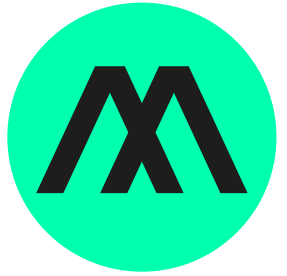
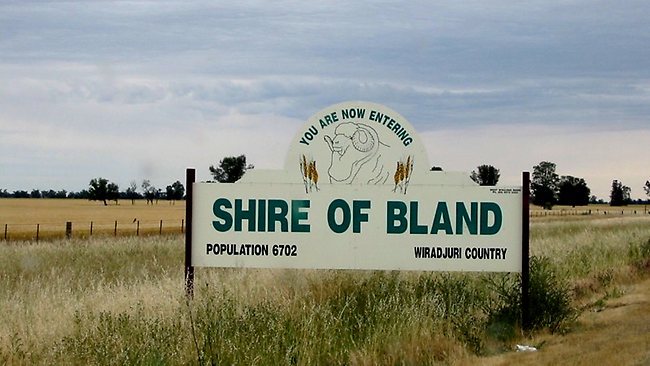
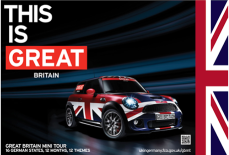
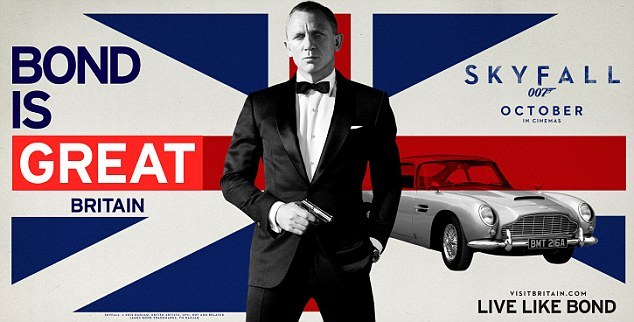
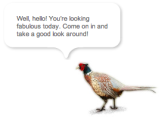
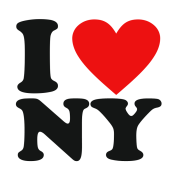



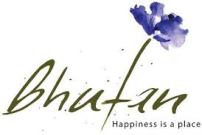
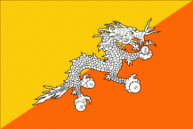
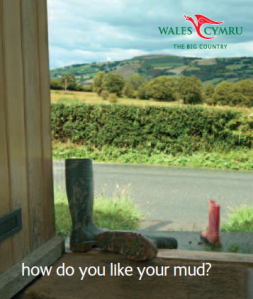


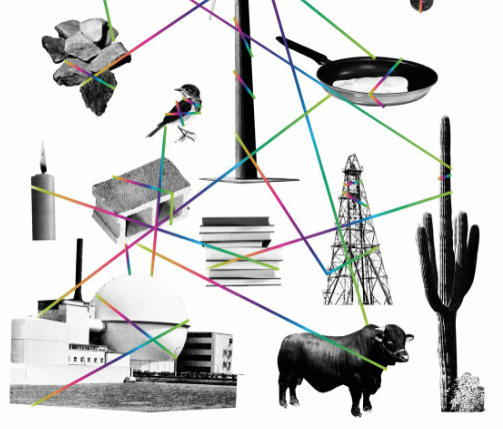

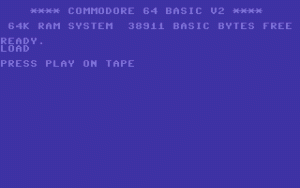




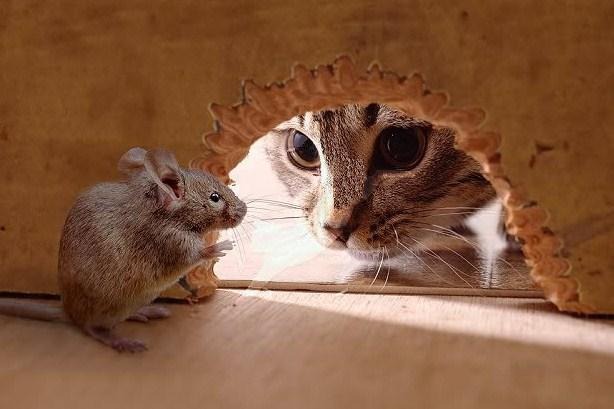

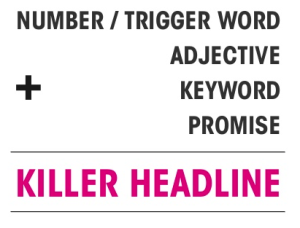
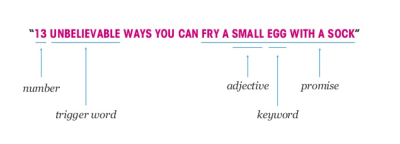
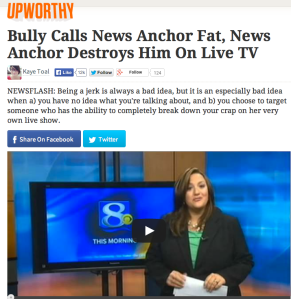
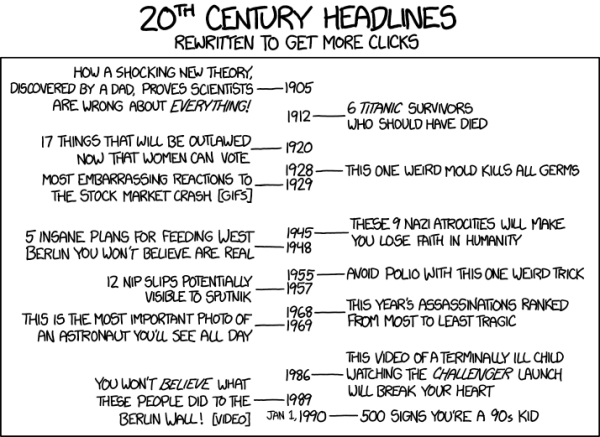
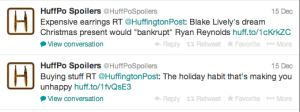





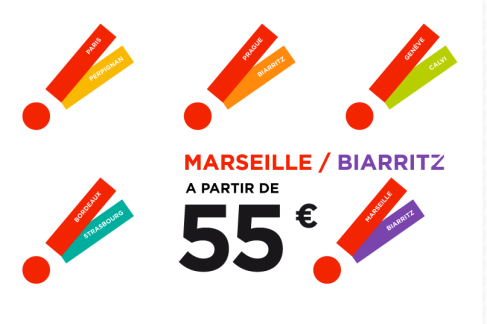 Hop! captures the excitement of flying, in a playful fashion. Similarly classic fragrance Joop! and Yahoo! Both benefit from the quirkiness the exclamation mark brings. The surprise is delivered by the brand itself, not a clunky message it’s trying to express. It can be tricky to get right in sentence copy and headlines, but the best use of an exclamation mark is, oddly enough, the one it was designed for. Trusty Wikipedia tells me it was first introduced into English printing in the 15th century to show emphasis, and is well-known for appearing alongside words like ‘bang’ to increase their potency. Boom! Bang! Boo! A boo without one would surely sound sarcastic? I may sound a little down on the shriekish bang, but I use it myself from time to time. My unofficial rules are to think about adding it to a script and imagining the difference it would make to the way the words are read out. Which tends to mean, I end up saving it for expressions like Ta-Da! Wahooo! Or Yippeee! And by the time a brand is playful and brave enough to be sporting these kinds of words in its vocabulary, chances are they won’t be needing cheap exclamation marks anyway.
Hop! captures the excitement of flying, in a playful fashion. Similarly classic fragrance Joop! and Yahoo! Both benefit from the quirkiness the exclamation mark brings. The surprise is delivered by the brand itself, not a clunky message it’s trying to express. It can be tricky to get right in sentence copy and headlines, but the best use of an exclamation mark is, oddly enough, the one it was designed for. Trusty Wikipedia tells me it was first introduced into English printing in the 15th century to show emphasis, and is well-known for appearing alongside words like ‘bang’ to increase their potency. Boom! Bang! Boo! A boo without one would surely sound sarcastic? I may sound a little down on the shriekish bang, but I use it myself from time to time. My unofficial rules are to think about adding it to a script and imagining the difference it would make to the way the words are read out. Which tends to mean, I end up saving it for expressions like Ta-Da! Wahooo! Or Yippeee! And by the time a brand is playful and brave enough to be sporting these kinds of words in its vocabulary, chances are they won’t be needing cheap exclamation marks anyway. 